What are the four strokes of a four-stroke engine?
What are the four strokes of a four-stroke engine?
A four-stroke cycle engine is an internal combustion engine that uses four different piston strokes (intake, compression, power and exhaust) to complete a working cycle. The piston completes two complete strokes in the cylinder to complete a working cycle. One working cycle requires the crankshaft to rotate twice, that is, 720°.

Four-stroke cycle engines are the most common type of small engines. A four-stroke engine completes five strokes in one working cycle, including the intake stroke, compression stroke, ignition stroke, power stroke and exhaust stroke.
Intake stroke
The intake event refers to the time when the air-fuel mixture is introduced to fill the combustion chamber. An intake event occurs when the piston moves from top dead center to bottom dead center and the intake valve opens. The movement of the piston towards bottom dead center creates a low pressure in the cylinder. Ambient atmospheric pressure forces the air-fuel mixture into the cylinder through the open intake valve to fill the low-pressure area created by the piston movement. The cylinder continues to fill slightly beyond bottom dead center as the air-fuel mixture continues to flow with its own inertia and the piston begins to change direction. After BDC, the intake valve remains open for a few degrees of crankshaft rotation. Depends on engine design. The intake valve then closes and the air-fuel mixture is sealed within the cylinder.
Compression strokeThe compression stroke is the time the trapped air-fuel mixture is compressed within the cylinder. The combustion chamber is sealed to create a charge. Charge is the volume of compressed air-fuel mixture inside the combustion chamber ready for ignition. Compressing the air-fuel mixture releases more energy during ignition. The intake and exhaust valves must be closed to ensure the cylinder is sealed to provide compression. Compression is the process of reducing or squeezing the charge in the combustion chamber from a large volume to a smaller volume. The flywheel helps maintain the momentum needed to compress the charge.
When an engine's piston compresses the charge, the increase in compression force provided by the work done by the piston results in the generation of heat. Compression and heating of the air-fuel vapor in the charge results in increased charge temperature and increased fuel vaporization. The increase in charge temperature occurs evenly throughout the combustion chamber to produce faster combustion (fuel oxidation) after ignition.
Fuel vaporization increases when small fuel droplets vaporize more completely due to the heat generated. The increased surface area of the droplets exposed to the ignition flame allows for more complete combustion of the charge in the combustion chamber. Only gasoline vapor will ignite. The increased surface area of the droplets causes the gasoline to release more vapor instead of remaining liquid.
The more the charged vapor molecules are compressed, the more energy is gained from the combustion process. The energy required to compress the charge is much less than the gain in force produced during combustion. For example, in a typical small engine, the energy required to compress the charge is only one-quarter of the energy produced during combustion.
The compression ratio of an engine is the comparison of the combustion chamber volume when the piston is at bottom dead center to the combustion chamber volume when the piston is at top dead center. This area, combined with the design and style of the combustion chamber, determines the compression ratio. Gasoline engines typically have a compression ratio of 6 to 1 to 10 to 1. The higher the compression ratio, the more fuel efficient the engine is. A higher compression ratio usually significantly increases the combustion pressure or the force acting on the piston. However, a higher compression ratio increases the effort required by the operator to start the engine. Some small engines have systems that relieve pressure during the compression stroke to reduce the effort required by the operator when starting the engine.
ignition eventAn ignition (combustion) event occurs when a charge is ignited and rapidly oxidized through a chemical reaction to release thermal energy. Combustion is a rapid oxidative chemical reaction in which fuel chemically combines with atmospheric oxygen and releases energy in the form of heat.

Proper combustion involves a brief but limited time in which the flame is spread throughout the combustion chamber. The spark at the spark plug begins combustion when the crankshaft rotates approximately 20° before top dead center. Atmospheric oxygen and fuel vapor are consumed by the advancing flame front. The flame front is the boundary wall that separates the charge from the combustion by-products. The flame front passes through the combustion chamber until the entire charge is burned.
power stroke
The power stroke is the engine operating stroke in which hot expanding gases force the piston head away from the cylinder head. The piston force and subsequent movement is transmitted through the connecting rod to apply torque to the crankshaft. The applied torque initiates rotation of the crankshaft. The amount of torque produced is determined by the pressure on the piston, the size of the piston and the stroke of the engine. During the power stroke, both valves are closed.
Exhaust strokeThe exhaust stroke occurs when exhaust gases are expelled from the combustion chamber and released into the atmosphere. The exhaust stroke is the final stroke and occurs when the exhaust valve opens and the intake valve closes. The movement of the piston expels the exhaust gases into the atmosphere.
When the piston reaches bottom dead center during the power stroke, combustion is complete and the cylinder is filled with exhaust gases. The exhaust valve opens, and the inertia of the flywheel and other moving parts pushes the piston back to top dead center, forcing the exhaust gases to be discharged through the open exhaust valve. At the end of the exhaust stroke, the piston is at top dead center and a working cycle is completed.

 Impact Wrench
Impact Wrench
 Screwdriver
Screwdriver
 Cordless Drill
Cordless Drill
 Angle Grinder
Angle Grinder
 Polisher
Polisher
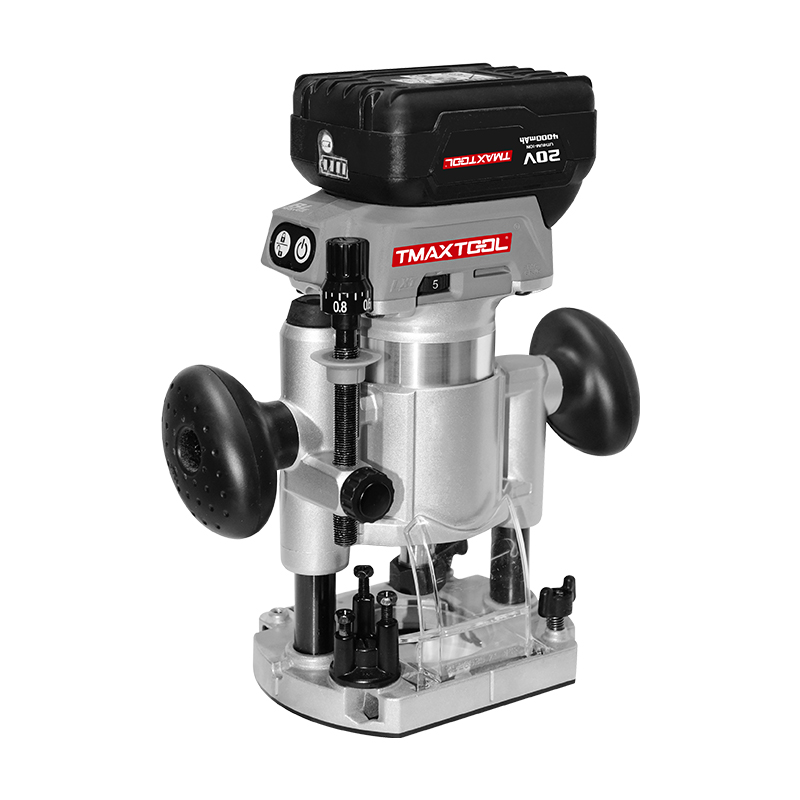 Wood Router
Wood Router
 Jig Saw
Jig Saw
 Hammer Drill
Hammer Drill
 Portable Blower
Portable Blower
 Orbital Sander
Orbital Sander
 Marble Cutter
Marble Cutter
 GARDEN TOOLS
GARDEN TOOLS
 Battery Chain Saw
Battery Chain Saw
 Battery Brush Cutter
Battery Brush Cutter
 Battery Hedge Trimmer
Battery Hedge Trimmer
 Battery Multi Tool
Battery Multi Tool
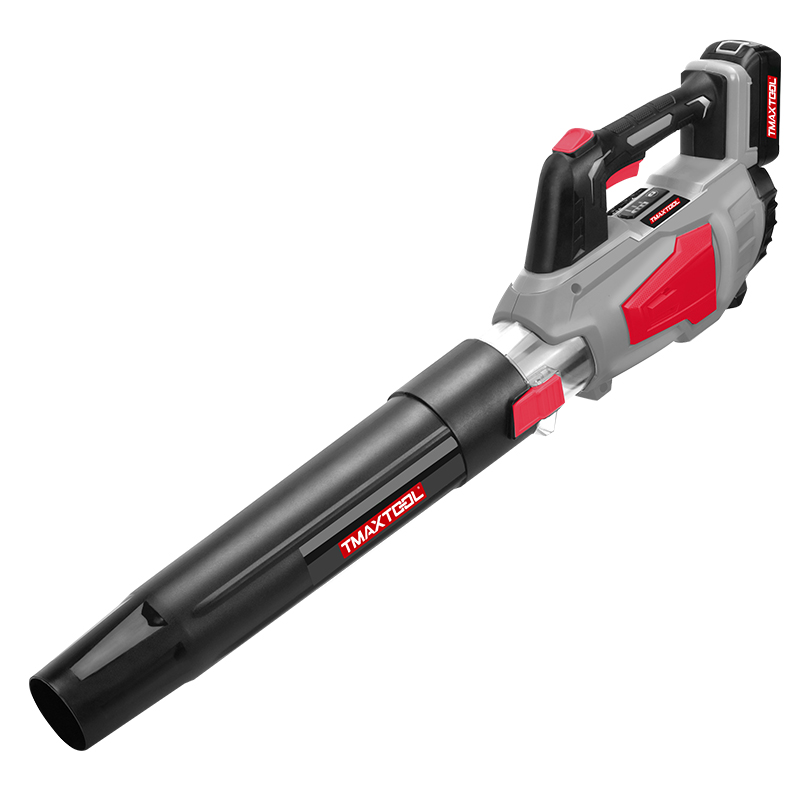 Battery Blower
Battery Blower
 Batter Pruning Shears
Batter Pruning Shears
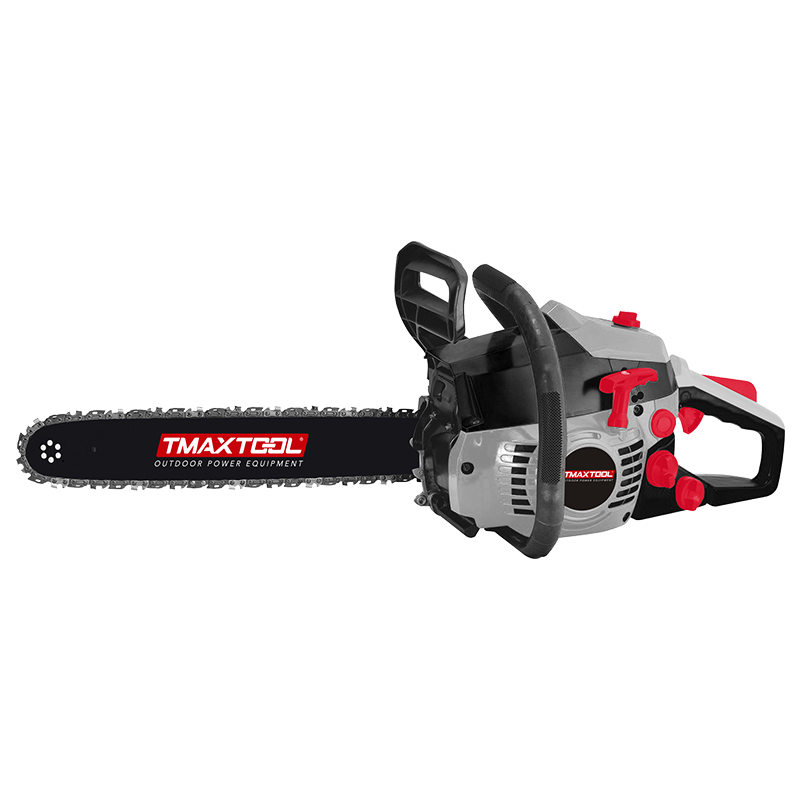 Chain Saw
Chain Saw
 Brush Cutter
Brush Cutter
 Hedge Trimmer
Hedge Trimmer
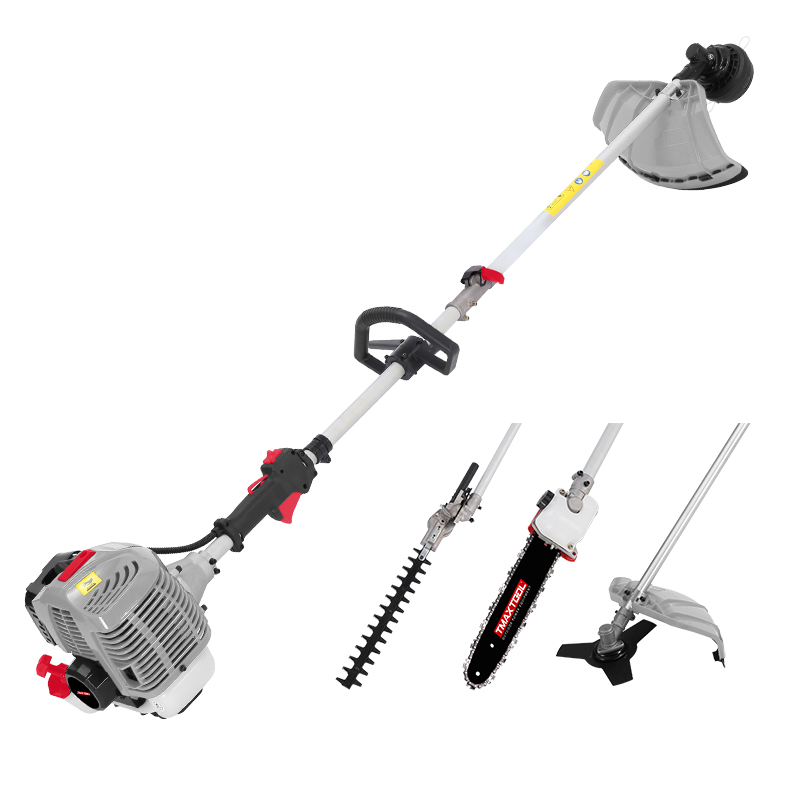 Multi Tool
Multi Tool
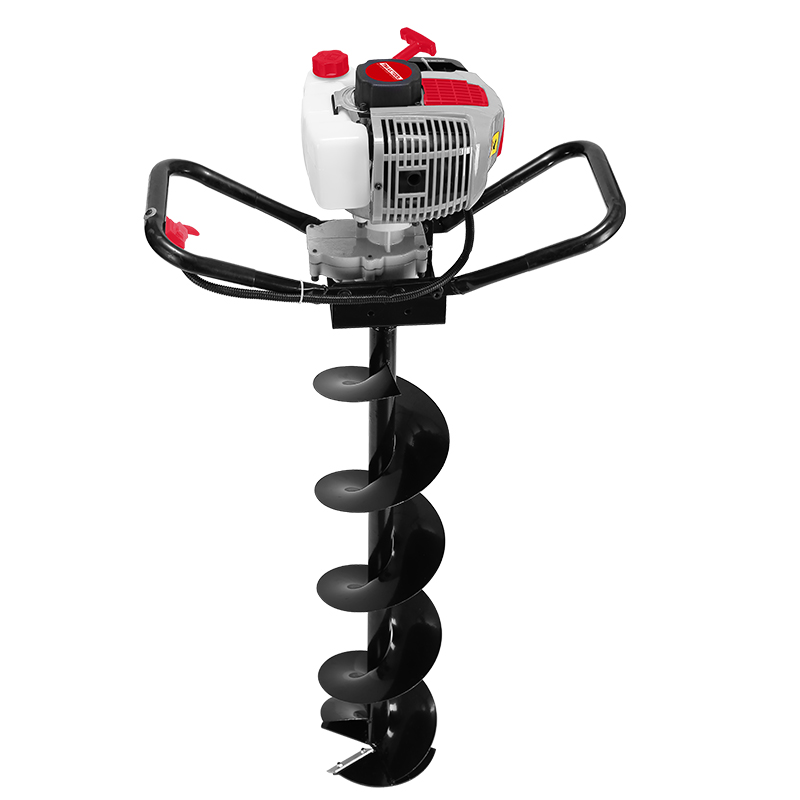 Earth Auger
Earth Auger
 Tiller
Tiller
 Blower
Blower
 4 Stroke Gasoline Engine
4 Stroke Gasoline Engine
 Generator
Generator
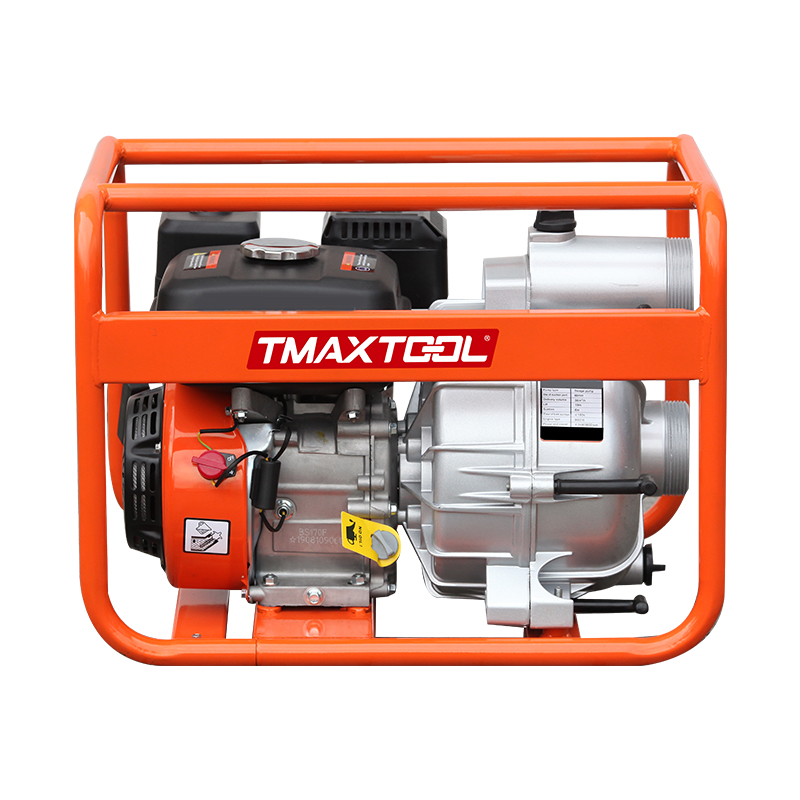 Water Pump
Water Pump
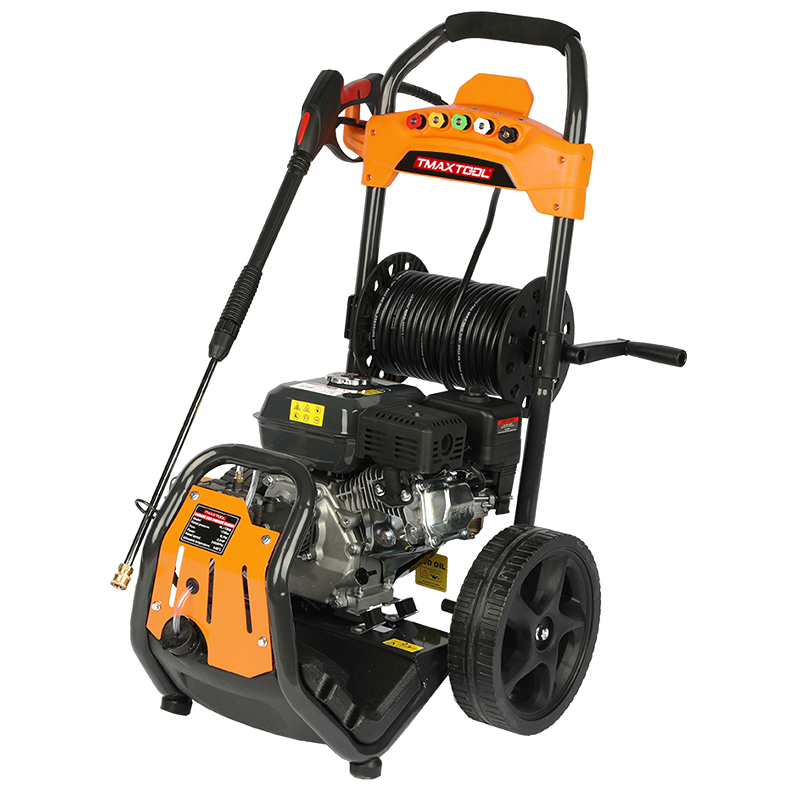 High Pressure Washer
High Pressure Washer
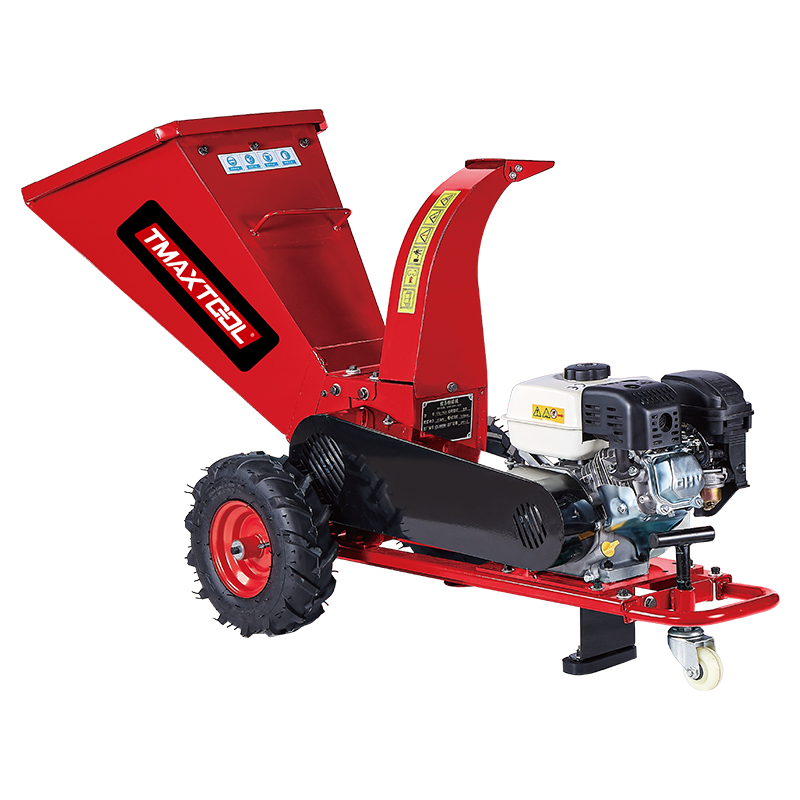 Wood Cutter
Wood Cutter
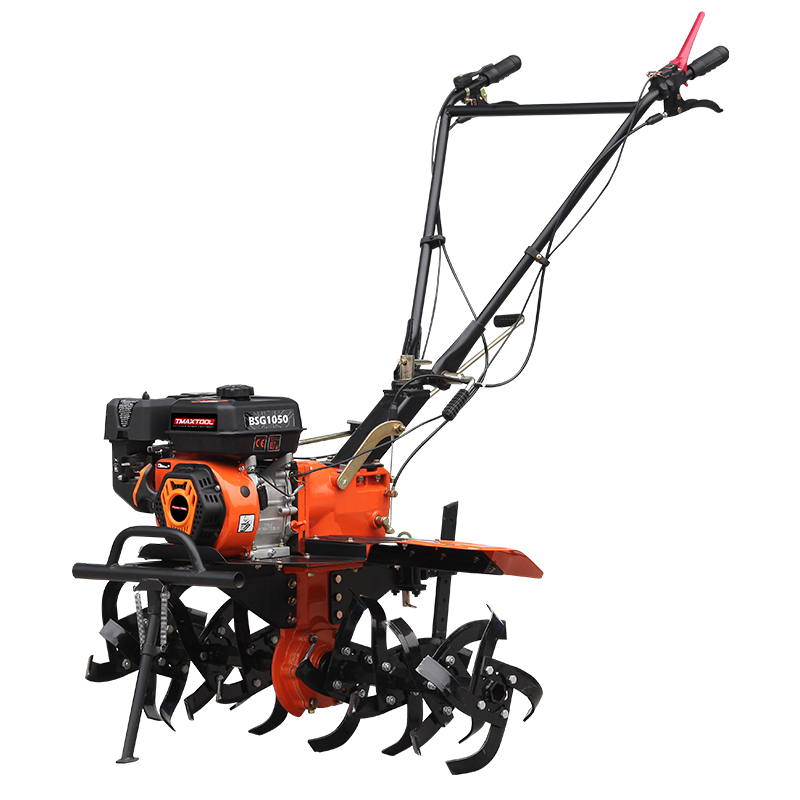 4 Stroke Tiller
4 Stroke Tiller
 Chain Saw Accessory
Chain Saw Accessory
 Brush Cutter Accessory
Brush Cutter Accessory
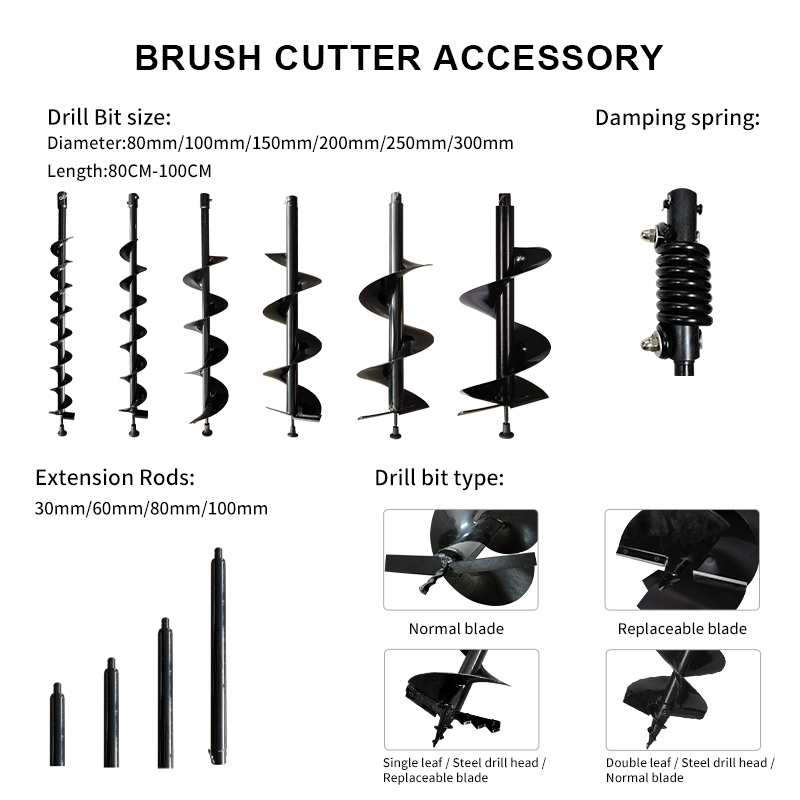 Earth Auger Accessory
Earth Auger Accessory
 Protective Equipment Accessories
Protective Equipment Accessories








